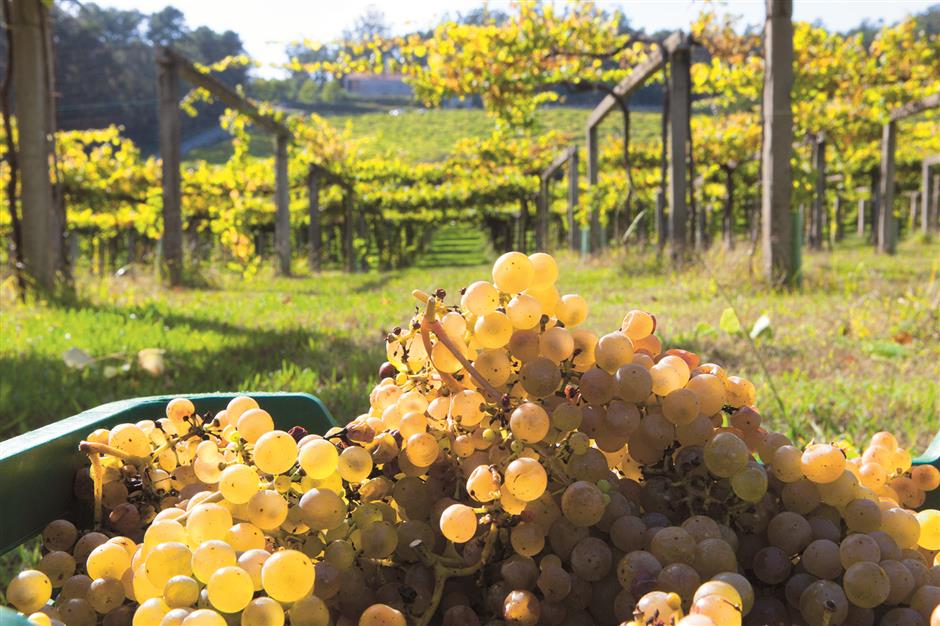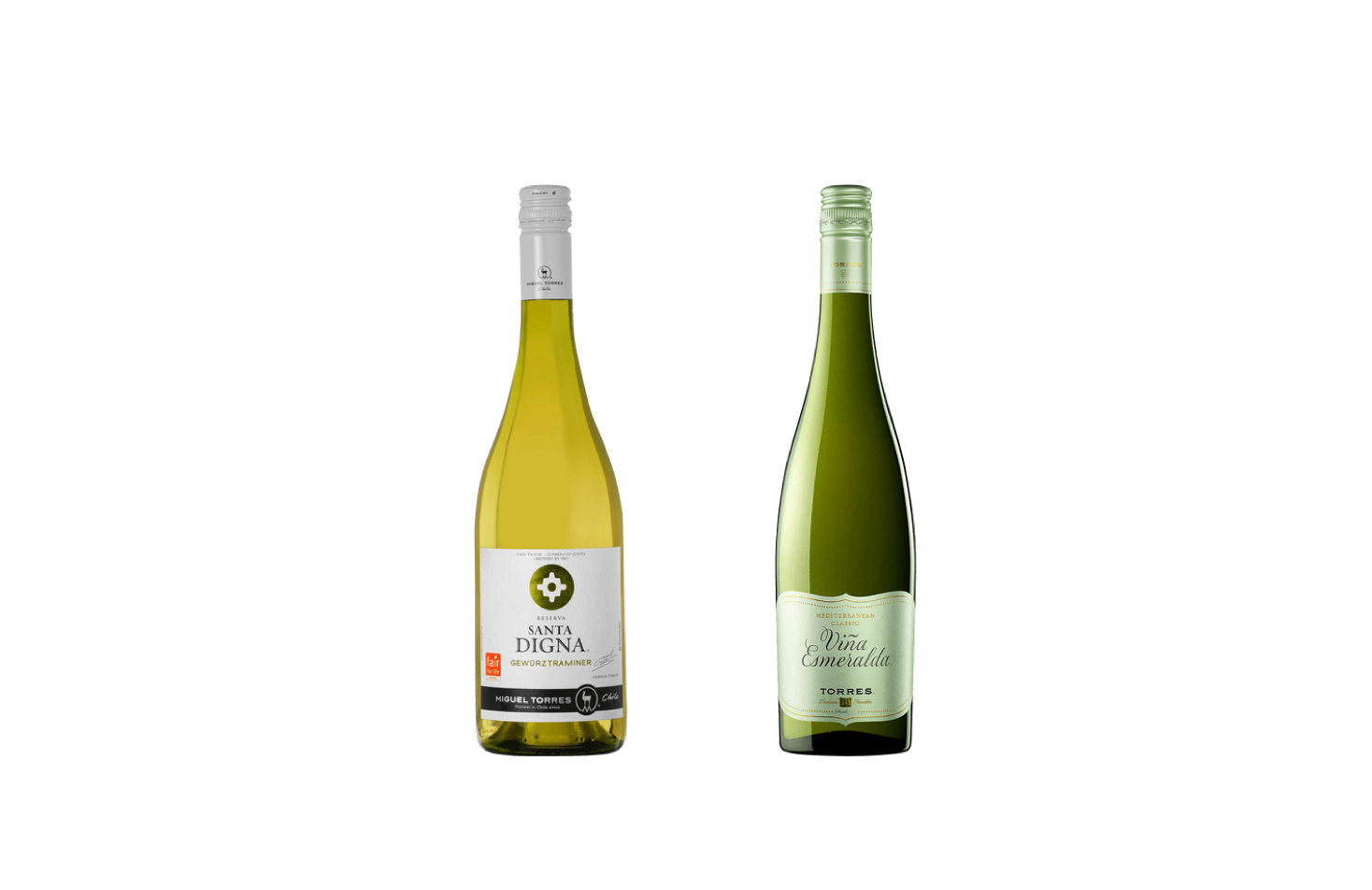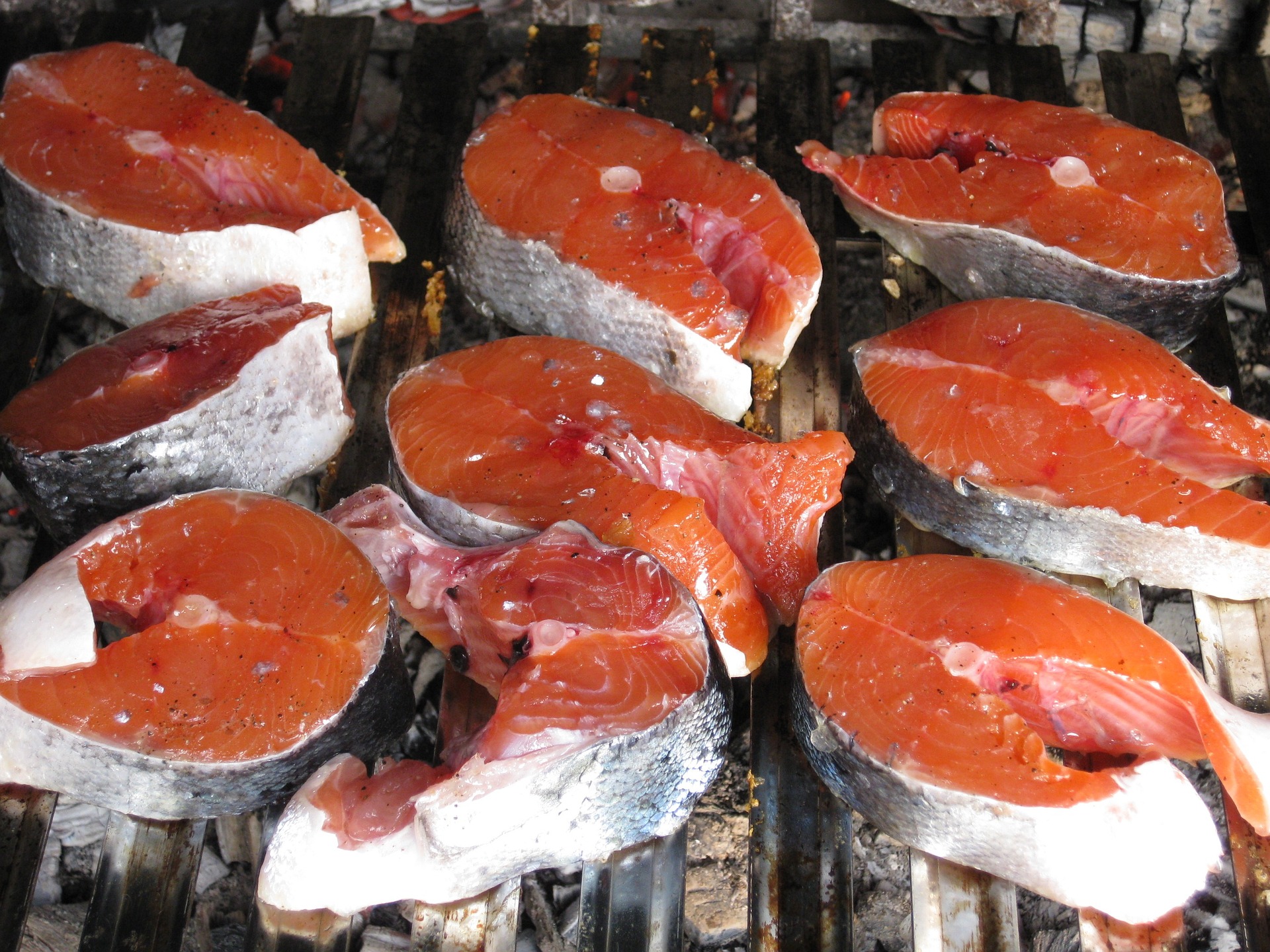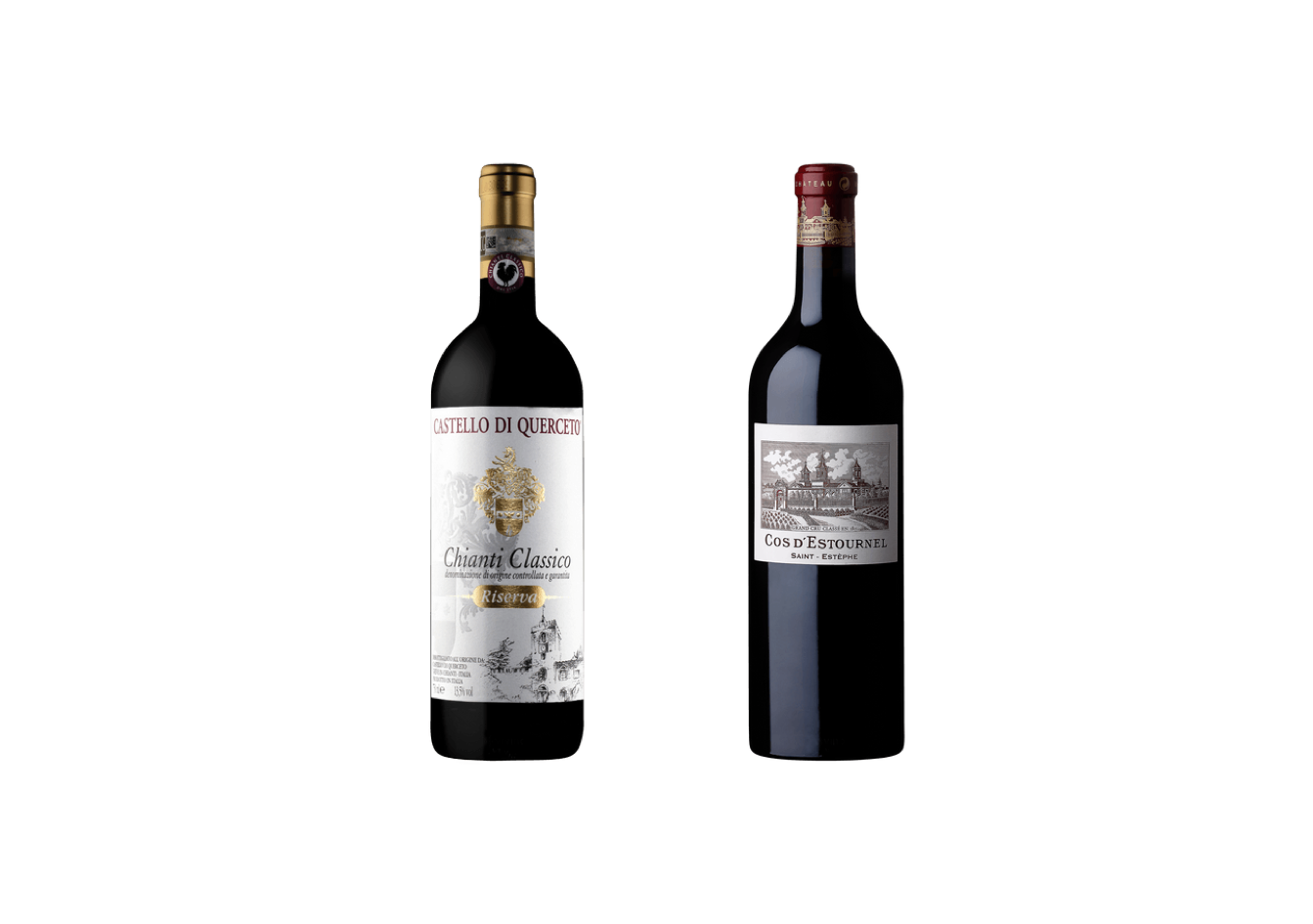Summary
One of the many pleasures of living in Shanghai is the abundant fresh seafood. However, the feature story in today’s iDEAL section reminds us we must diligently protect these treasures of the sea or risk losing them altogether. With this in mind we should be selective when consuming seafood and of course never forget an accompanying glass of wine. Alone the fruit of the seas can be delicious but when paired with the appropriate wine they reach new levels of magnificence. The secret about suitable wine for seafood? It’s all about the acidity.
Depending on the type of seafood and preparation method of the dish, ample fruit, minerality and other qualities all help make a wine synergistic with seafood but it’s the acidity that’s most important. For thousands of years gourmet cultures around the world have used acidity to embellish their seafood.
Albarino
In the West, lemon is sprinkled on seafood, Thais use lemon grass, while in Shanghai, hairy crab is always partnered with vinegar. An acidic wine plays the same role of making fresh seafood taste fresher while highlighting the original flavors. Many styles of wines admirably embellish seafood, but one wine from the harsh, wind-blown coast of northern Spain does it better than most.
I first traveled to Rias Baixas in northwestern Spain about 20 years ago. I was part of a small group of wine professionals from Asia, who were invited by the Spanish government to discover the wines of Spain. As always, I did some research before my journey and one of the places I most looked forward to visiting was Rias Baixas so I could taste the Albarino white wines. Two decades ago even the most intrepid shopper couldn’t find a bottle of Albarino in China and outside the grape was pretty much unknown everywhere.
The history and evolution of this grape is quite fascinating. For many years, wine historians and etymologists believed the grape was related to the German Riesling variety, most likely brought by Germans making pilgrimages to the shrine of Saint James the Great, in Santiago de Compstela, in northwestern Spain. Others speculated that the Cluny monks from the Loire Valley brought the grape to Spain. Both theories are mostly dismissed today.
In fact, the existence of Albarino actually predates that of the Riesling variety, as well as the pilgrimages of the Cluny monks. The most popular hypothesis on the origin of Albarino grapes today holds that it is indigenous to Galicia in northwest Spain.
About a decade ago mature wine markets like the USA, UK and Germany discovered Albarino and the wines became very popular, even achieving cult status with some wine drinkers. The growing international popularity of Albarino, and its superb affinity for seafood, portends well for the grapes future in China.
While the variety is also cultivated in Portugal and more recently in the Northwestern US and Australia, the spiritual home of Albarino is Rias Baixas. While the grape has many centuries of cultivation in the region, the Rias Baixas DO was formerly established only in 1988. DO in Spain is like AC in France or DOC in Italy, in other words an official body or consortium that oversees the adherence of permitted varieties, viticultural practices and winemaking practices. In Rias Baixas and other regions in Europe the formation of these official bodies has almost always led to a dramatic improvement in the quality of wines.
Controlled and careful winemaking contributes to the quality of modern Albarino wines, but the chief benefactor of quality is the unique land and climate. Mountainous and lusciously green this region boarders the Atlantic Ocean and is replete with wide and deep inlets that traverse many miles inland. Adorning the steeply sloped hills are rolling vineyards of Albarino that thrive in the damp often rainy climate. While most other grapes prefer drier sunnier weather, the small thick-skinned Albarino is able to reach ripeness and retain excellent acidity even in this extreme Atlantic climate.
Typical Albarino wines from Rias Baixas feature a straw yellow color, lively aromas and flavors of citrus, apple, almond and grass that literally jump out of the glass. It’s exactly these unbridled and exuberant qualities that make these wines so fun. The bracing acidity of most Albarino wines is also a quality that endears them to wine lovers and makes them exceedingly food friendly. While these vibrantly fresh young unoaked wines are the signature style of Albarino wines, some Rias Baixas winemakers are making more serious and age-worthy Albarinos by using older vines with extremely limited yields and fermenting and aging in oak. Initial results are promising. Whether enjoying traditional lighter styles or more robust oak-aged versions, remember to serve all Albarino wines well-chilled or about 8 Celsius.
Finding top Rias Baixas Albarino wines in Shanghai can be daunting but some good producers have wines here, including producers Martin Codex, Pazo de Senoras, Pazo de Barrantes and Pagos del Rey Pulpo.
In Spain, Albarino is synonymous with Rias Baixas, however, the grape is also cultivated elsewhere, including the neighboring Portuguese region of Vinho Verde where the variety is used to make light wines with zesty grapefruit qualities. In large part, due to the recent success of Rias Baixas Albarinos, producers in California and Pacific Northwest have also started cultivating the variety with some notable success. Two of the best California producers are Marinmar Estates and Paragon Vineyards.





